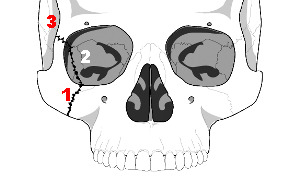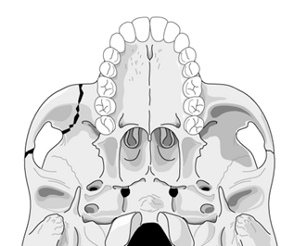We’ve been trying to figure out therapeutic hypothermia for a long time. Although we know that accidental hypothermia, especially in trauma patients, is not a good thing, it seems to be protective in certain circumstances. The most significant areas of interest center around the neuroprotective effects, especially after ischemia or hypoxia.
But with the good always comes the bad. Every intervention has side effects, and hypothermia is no exception. Decreased cardiac efficiency, blood viscosity increases, pulmonary dysfunction or edema, coagulopathy, decreased tissue oxygen availability, and changes in drug pharmacodynamics are but a few of the problems that may arise. But as long as the benefits outweigh the risks, such an intervention may be acceptable.
We’ve been looking at the possible protective effects of hypothermia on the brain after severe head injury for quite some time. As with most neurotrauma studies, hypothermia ones are tough to do well. Patient selection, adequate numbers of subjects and good randomization and/or blinding are very difficult. It requires assembling all the relevant studies and scrutinizing this whole body of work to figure out if it works or not.
And the answer is, it doesn’t. The Cochrane Library updated their previous work in this area in 2009. They combined 23 studies and over 1600 patients to try to determine if hypothermia (35C for at least 12 hours) is protective in patients with severe TBI. After whittling the field down to good quality studies, they found that there may be a trend toward fewer unfavorable outcomes (death, severe disability, vegetative state), but it was not statistically significant. There were variable results with respect to the incidence of pneumonia after hypothermia, and these, too, did not meet statistical significance.
Bottom line: Therapeutic hypothermia for treatment of severe TBI is still not ready for prime time, and may never be. The studies thus far are small and flawed. Don’t implement your own protocol for this technique unless you are involved in a very high quality, multi-center study that will add to the literature!
Reference: Hypothermia for traumatic head injury. The Cochrane Library 2009, Issue 4.




